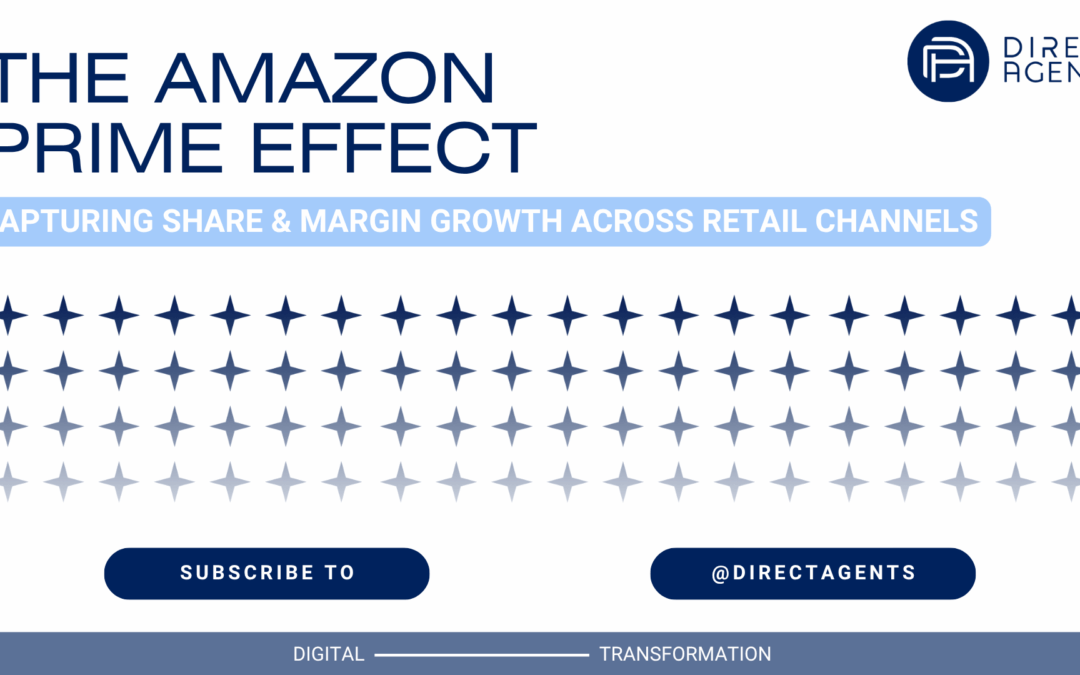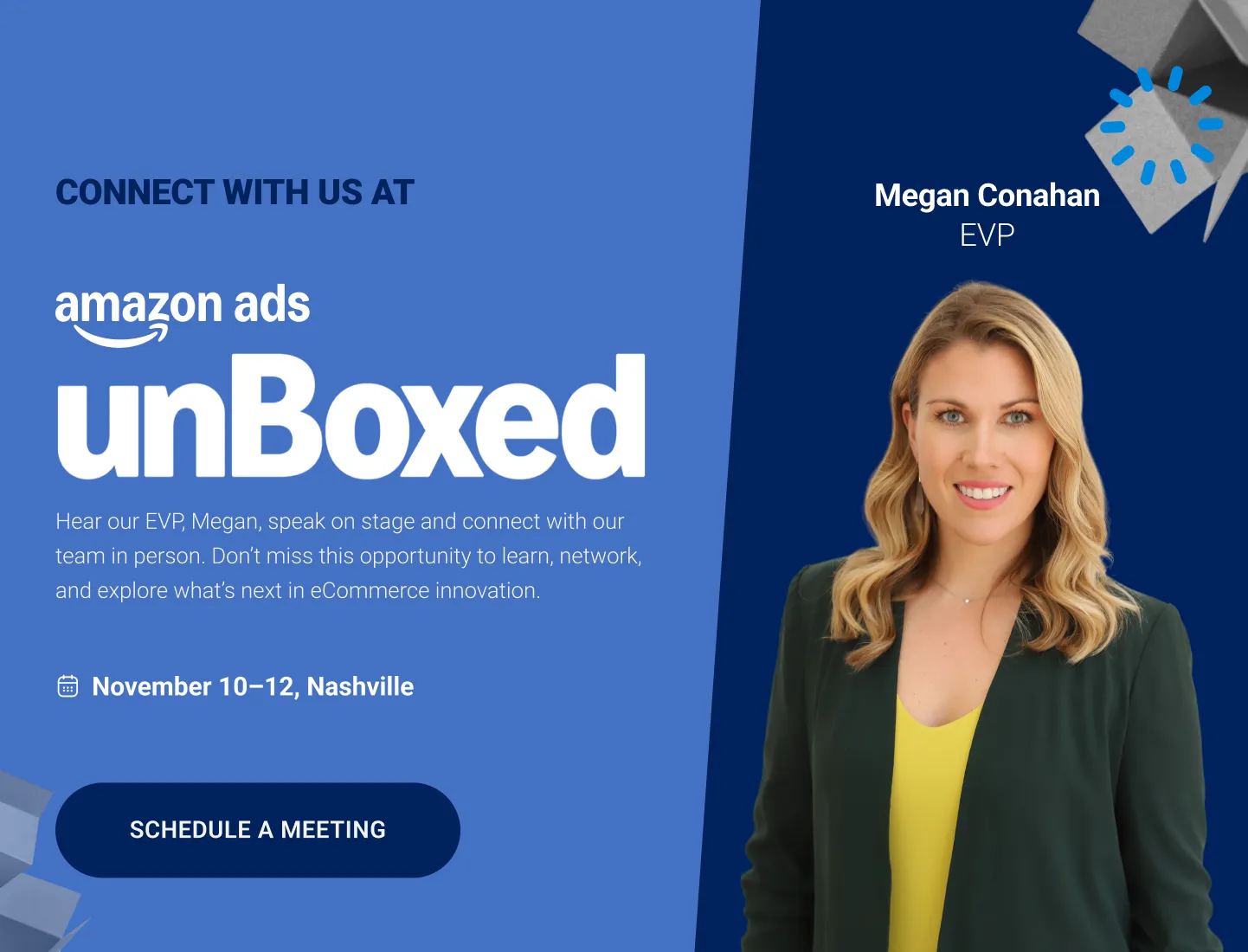Mid-July is no longer just Amazon’s stage; it is now a full-blown retail battleground. It has evolved into a high-stakes, multi-platform promotional cycle anchored by Amazon Prime Day (July 8-11), Walmart Deals (July 8-13), Target Circle Week (July 6-12), and TikTok’s Deals for You Days (July 7-19).
For omnichannel brands, this period is a test of cross-functional coordination, pricing integrity, and media efficiency. If executed poorly, it results in margin erosion and channel conflict. If executed strategically, it unlocks category share, customer acquisition, and long-term profitability.
Here’s how marketing executives should approach Prime Week.
Orchestrate Platform-Specific Product Strategy
This retail moment isn’t the time for one-size-fits-all execution. Each retail platform serves a distinct role in the customer journey. Amazon is for replenishment, TikTok is for discovery, Target is for trust and gifting, and Walmart is for value and convenience.
Success requires tailored strategies across all retailer platforms to meet consumers where they are:
- Segment your product catalog by platform based on velocity, margin, and customer intent at the SKU level.
- Localize promotional strategy to fit each channel’s audience behavior and pricing tolerance.
- Avoid reactive price-matching by aligning assortment strategy with media intent and fulfillment readiness.
This approach focuses on SKU-level planning, driven by unit economics and cross-channel attribution, not top-line revenue targets alone.
Balance Promotional Aggression with Profit Protection
Retailers now monitor and price-match each other in real time. A single price discrepancy can trigger significant problems:
- Buy Box suppression on Amazon
- Algorithmic price drops on Walmart
- Delisting or compliance flags on Target Plus
Brands must move from reactive discounts to intentional pricing governance:
- Create a centralized, cross-platform promotion calendar tied to inventory health and contribution margin.
- Deploy bundles or tiered offers to preserve average unit detail (AUR) and upsell.
- Avoid blanket discounts, but align promotional depth with SKU-level elasticity and channel role.
Protecting profit doesn’t mean avoiding deals. It means deploying them with precision.
Use Retail Media as a Precision Instrument, Not a Blunt Tool
Retail media has matured into a full-funnel performance lever, but success now depends on how intelligently brands use retail data and activation tools.
We advise clients to take a holistic approach:
- Use off-site retail audiences to drive upper- and mid-funnel acquisition.
- Leverage Marketing Mix Modeling (MMM) to understand which platforms drive incremental lift, not just last-click sales.
- Deploy AI-based bidding and budget reallocation to ensure every dollar is optimized toward profitable outcomes.
While Amazon remains the dominant channel for volume and conversion, it doesn’t always deliver the highest marginal return on media spend. In some cases, TikTok or Target media may act as the catalyst, accelerating demand that ultimately converts on Amazon or in-store.
The brands measuring incrementality and cross-channel halo effects holistically will be able to identify these dynamics and invest accordingly.
Unify Retail and Media Around Unit Economics
One of the biggest drivers of inefficiency is organizational siloing, especially when pricing, supply chain, and media teams operate in parallel but not in sync.
Winning brands have strong business intelligence and data transparency ecosystems:
- A centralized view of SKU-level profitability across platforms.
- Shared visibility into paid vs. organic performance drivers.
- Real-time dashboards that surface media return on investment (ROI), share of voice (SOV), margin per unit, and cannibalization risk.
This is not just operational hygiene. It’s a competitive necessity in an increasingly fragmented landscape.
Wrapping Up
Prime Week is no longer a retailer-driven event—it’s a brand-owned moment with the potential to accelerate growth across every channel. But capturing that opportunity requires more than discounts and ad spend. It demands coordinated, channel-specific strategies, product and promotion alignment, and a deep focus on profitability at every touchpoint.
At Direct Agents, we help retail and media brands bring their operations together, creating a seamless, data-driven approach to growth. If your omnichannel strategy still treats Amazon, Walmart, Target, and TikTok as separate silos, it’s time to rethink. Connect with our team at [email protected] to learn how we help brands turn complexity into a competitive advantage.


